Gritty. Boho. There are a lot of terms being tossed around to describe Praga, the eastern district of Warsaw that hugs the Vistula River, and they’re all fairly apt. While the photo below is fairly digestible, this version of the Praga reality wasn't always the case...
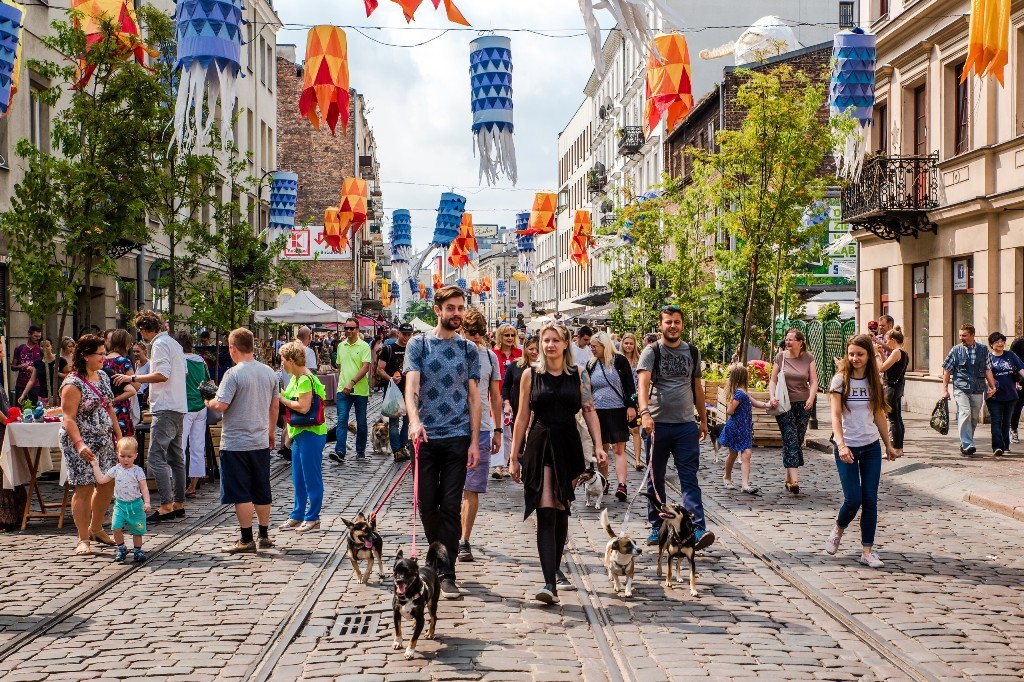
Praga was once regarded as off-limits to Western visitors thanks to higher incidents of crime and imposing tower blocks, but a revival of sorts now makes this section of town worthy of emphasising – especially if you prefer to see the city’s artsy underbelly and get away from the well-trodden tourist path in the Old Town from where you see the towers of Sts. Michael & Florian Cathedral and the rounded dome of the Orthodox Cathedral of St. Mary Magdalene. The area is still years away from being hipster-soaked Brooklyn (but that's the best comparison in the US) or boho Montmartre, but that’s exactly why now is the time to go: a visit will mean you can say you saw the evolution in progress, before gentrification engulfs the area.
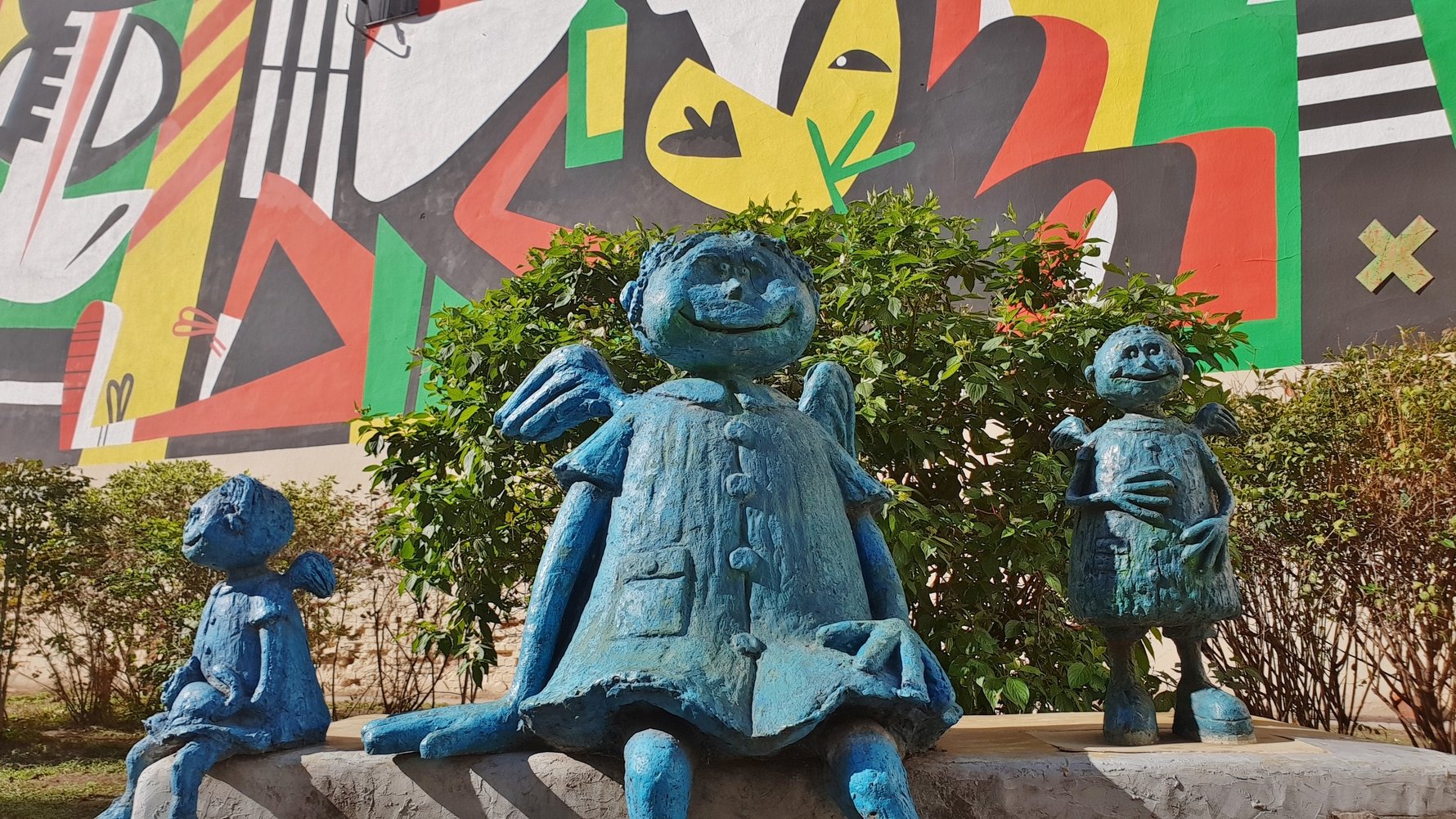
In practice, and geographically, Praga has always been set apart from Warsaw proper. Until 1791 the district was its own separate town and the inability to build a permanent bridge between Praga and Warsaw until the mid-18th century surely proved a factor in the separatism (ferries in the summer and a stroll across the iced-over Vistula in the winter were the main option for transit in the pre-bridge days). Finally in 1791 King Stanislaw August Poniatowski attached the district officially to Warsaw, dissolving it of its independence (at least on paper).
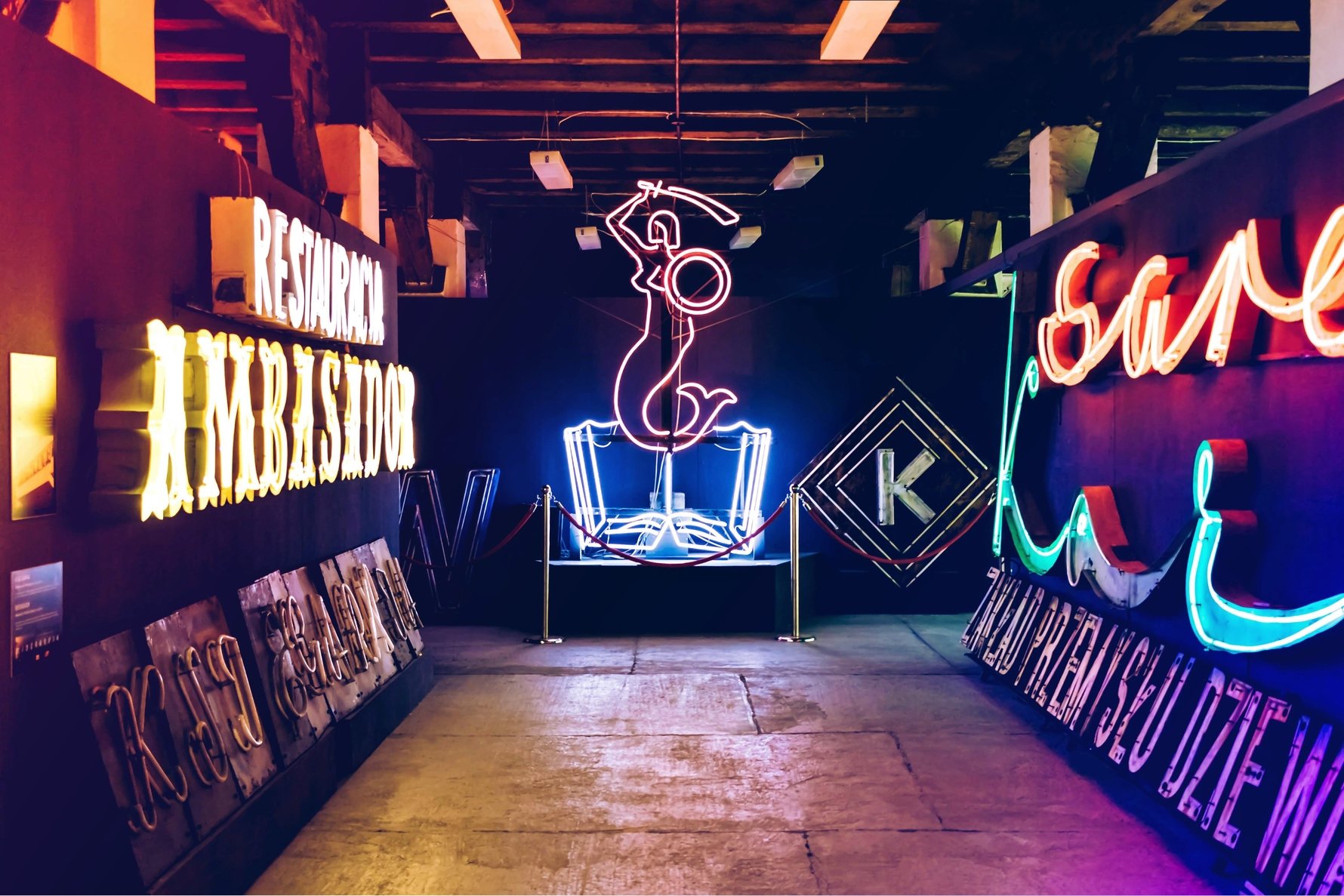
Praga wasn’t given much time to enjoy its new status as part of Warsaw thanks to the The Battle of Praga in 1794, which saw an aggressive invasion by the Russian army. Following the quick but devastating battle the Russians burned the entire district and massacred 20,000 Poles. During World War II Praga wasn’t quite as devastated as left-bank Warsaw (which isn’t really saying much if you’ve seen the condition Warsaw was left in). The Russians, again, arrived in Praga in July 1944 and stopped at the Vistula, famously leaving the Polish Home Army dangling during the Warsaw Uprising.
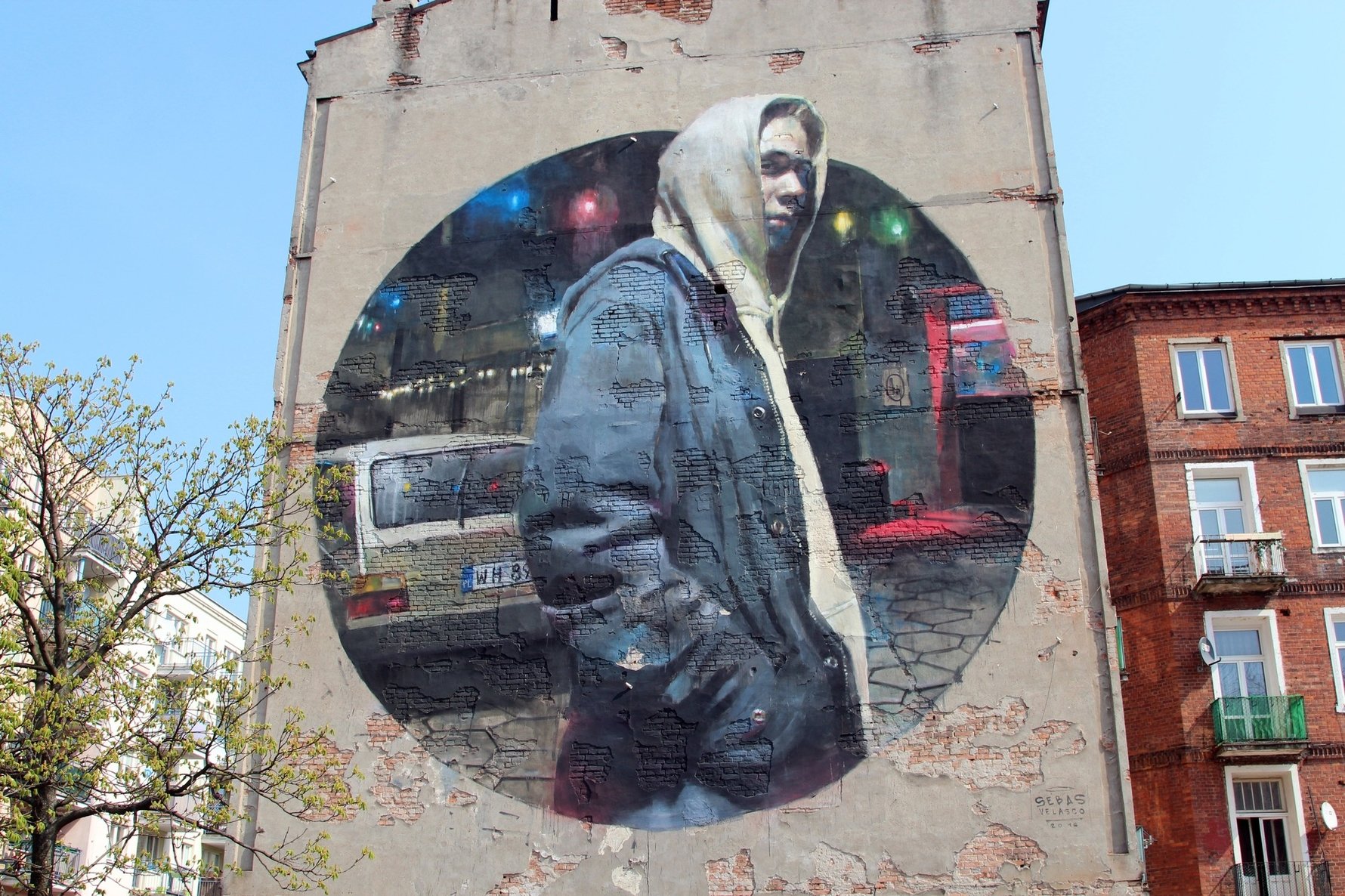
Today working-class Praga is a standard-bearer for cool, especially among those who find the tourist-heavy Old Town too Disneyfied and the sterile clubs of Warsaw proper as distasteful. Folks here prefer their bars dark and their fun improvised (most found on or near the district's main street, ul. Ząbkowska), and visitors can easily spend a day checking out the attractions, like street art murals, the illuminating Neon Museum, Centrum Praskie Koneser with its Polish Vodka Museum, learning about the history of the area by visiting the Praga District Museum or even seeing local streets with a pre-war vibe that were used as filming locations for Roman Polański's The Pianist.
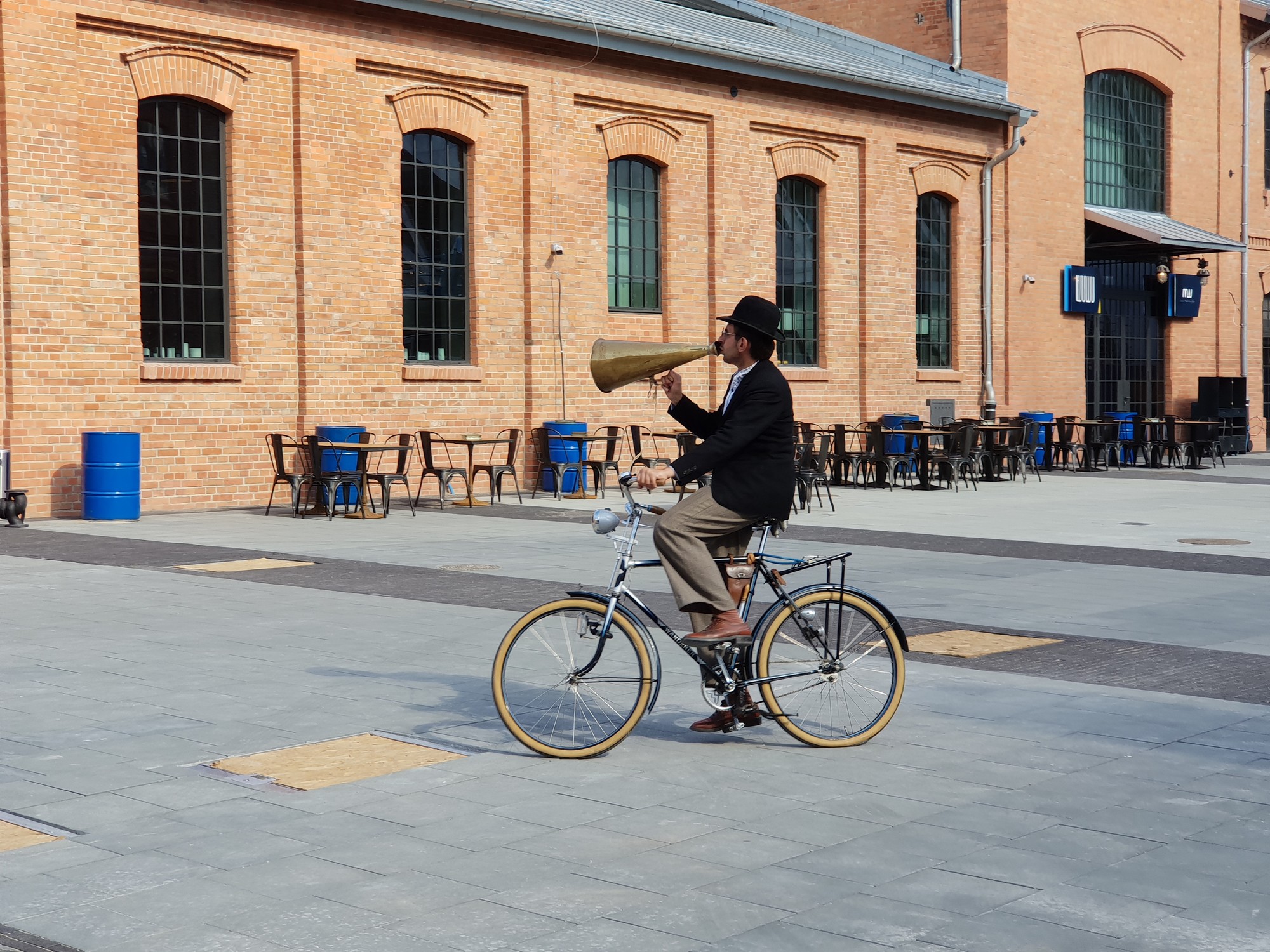


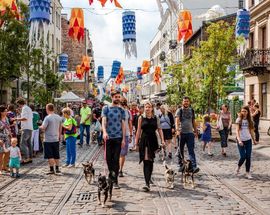
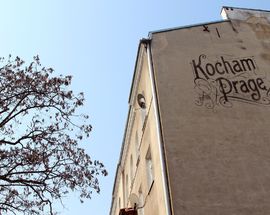
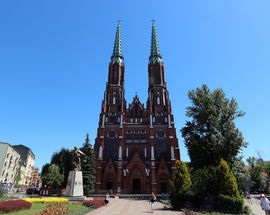
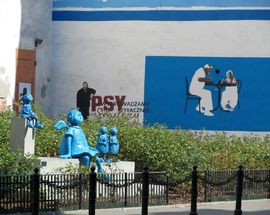

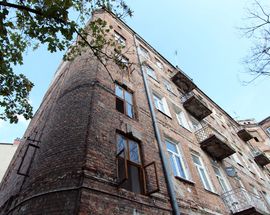
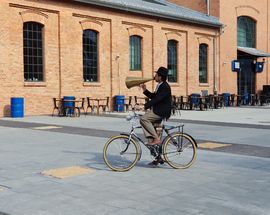

Comments